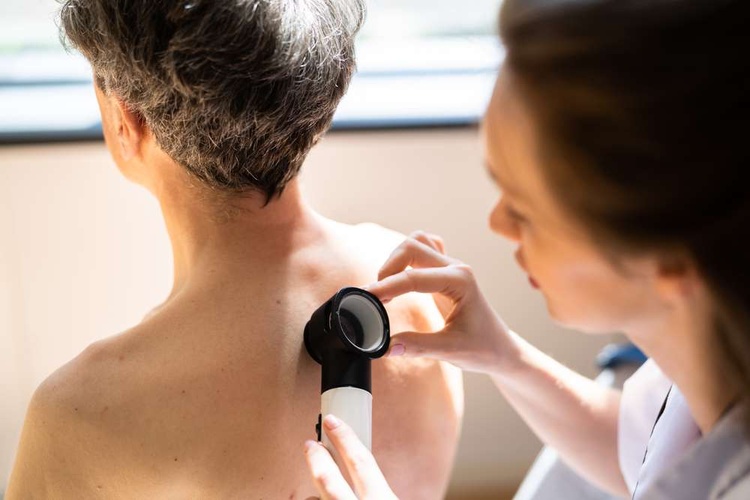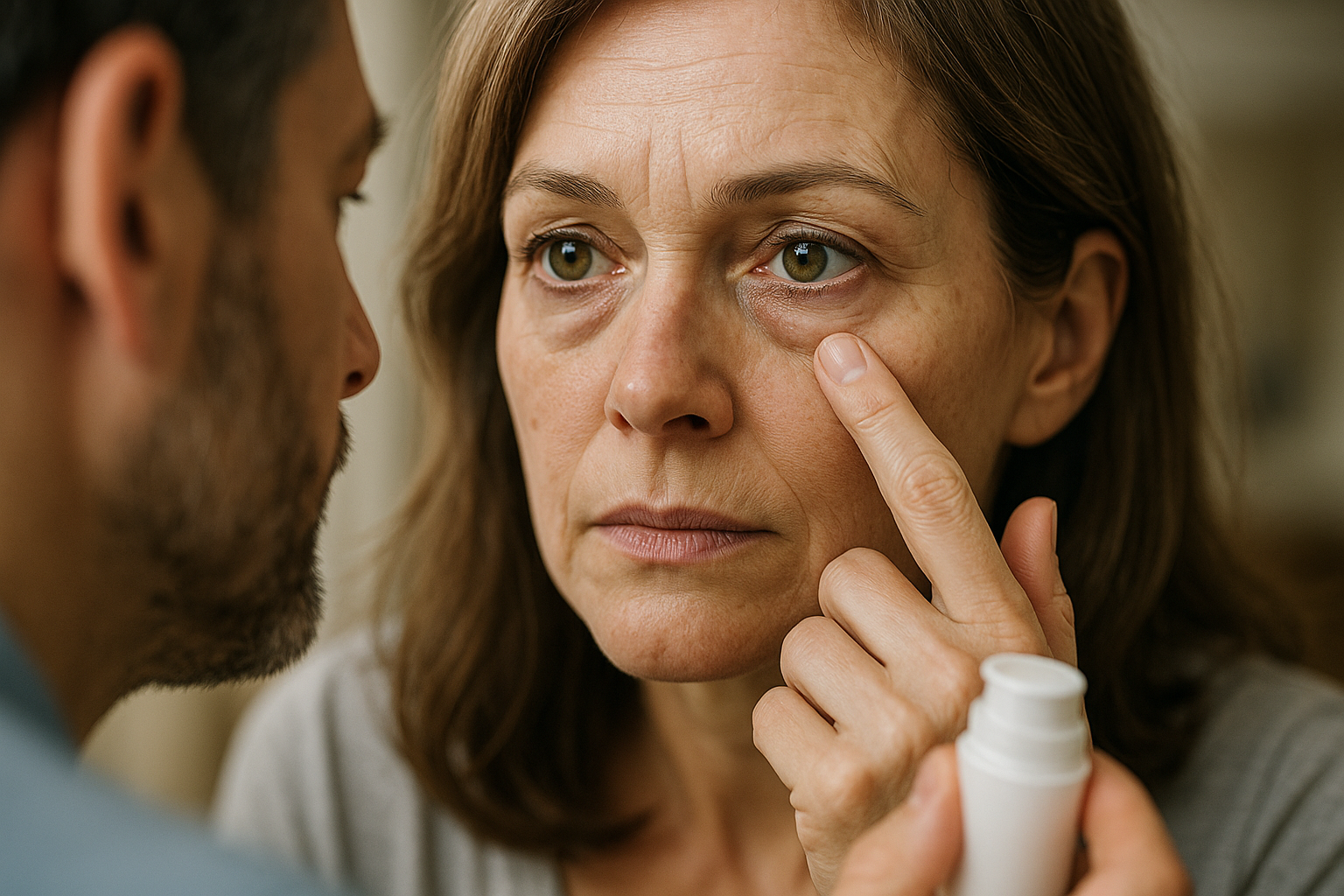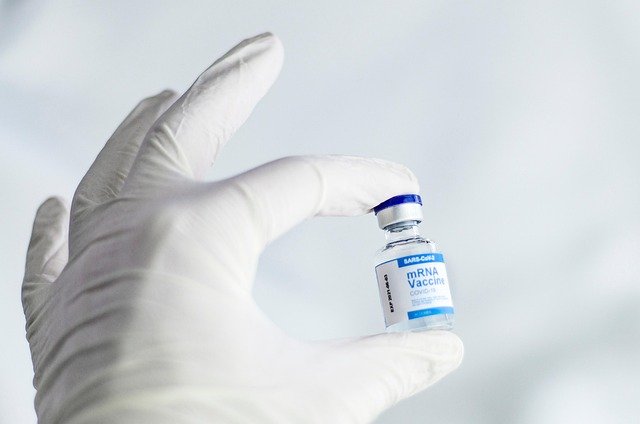Understanding Cancerous Skin Rashes: Causes, Symptoms, and Treatment
Cancerous skin rashes are a serious concern that should not be ignored. These rashes can be a sign of underlying skin cancer and require prompt medical attention. In this article, we will discuss the causes, symptoms, and treatment options for cancerous skin rashes.

What Defines a Cancerous Skin Rash?
A cancerous skin rash differs from common skin conditions in several ways. These rashes typically result from malignant cells affecting the skin’s surface or deeper layers. Unlike typical rashes that may come and go, cancerous rashes tend to persist and worsen over time. They can appear as patches, lesions, or unusual skin changes that don’t respond to standard treatments.
What Are the Main Causes of Cancerous Skin Rashes?
Several factors can contribute to the development of cancerous skin rashes:
-
Prolonged UV exposure and sunburn history
-
Genetic predisposition to skin cancers
-
Exposure to certain chemicals or radiation
-
Weakened immune system
-
Previous skin cancer history
-
Certain viral infections affecting the skin
What Symptoms Should Raise Immediate Concern?
Key warning signs of potentially cancerous skin rashes include:
-
Asymmetrical patches or spots
-
Irregular borders on skin lesions
-
Varying colors within the same rash
-
Diameter larger than 6 millimeters
-
Evolution or changes in size, shape, or color
-
Persistent itching or bleeding
-
Non-healing sores or wounds
How Are Cancerous Skin Rashes Diagnosed?
Diagnosis typically involves multiple steps:
-
Physical examination by a dermatologist
-
Detailed medical history review
-
Dermoscopy (specialized skin examination)
-
Skin biopsy for laboratory analysis
-
Additional imaging tests if needed
-
Blood tests to check for specific markers
What Treatment Options Are Available?
Treatment approaches vary based on the type and stage of the cancer:
Surgical Options:
-
Excision surgery
-
Mohs micrographic surgery
-
Curettage and electrodesiccation
Non-surgical Treatments:
-
Radiation therapy
-
Chemotherapy
-
Immunotherapy
-
Targeted therapy
-
Photodynamic therapy
What Are the Latest Advances in Skin Cancer Treatment?
Recent developments have expanded treatment possibilities:
| Treatment Type | Description | Typical Application |
|---|---|---|
| Immunotherapy | Boosts immune response | Advanced cases |
| Targeted Therapy | Attacks specific cancer cells | Specific mutations |
| Combination Therapy | Multiple treatment methods | Complex cases |
Note: Treatment costs vary significantly based on type, location, and insurance coverage. Independent research and consultation with healthcare providers are recommended for accurate cost estimates.
Monitoring and follow-up care remain essential components of managing cancerous skin rashes. Regular skin examinations, protective measures against UV exposure, and maintaining a strong immune system are crucial for prevention and recovery. Early detection and prompt treatment significantly improve outcomes for patients with cancerous skin rashes.
This article is for informational purposes only and should not be considered medical advice. Please consult a qualified healthcare professional for personalized guidance and treatment.




